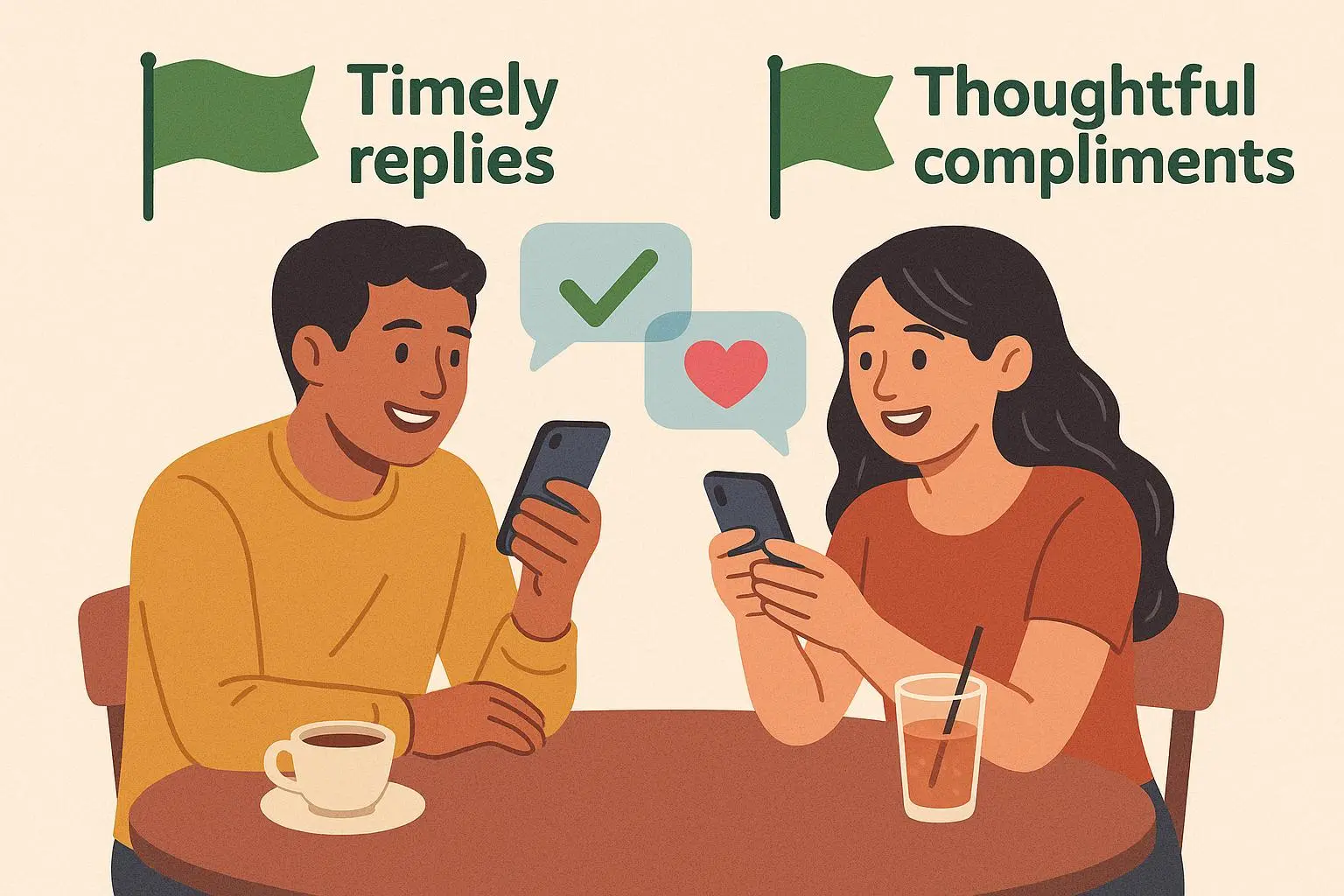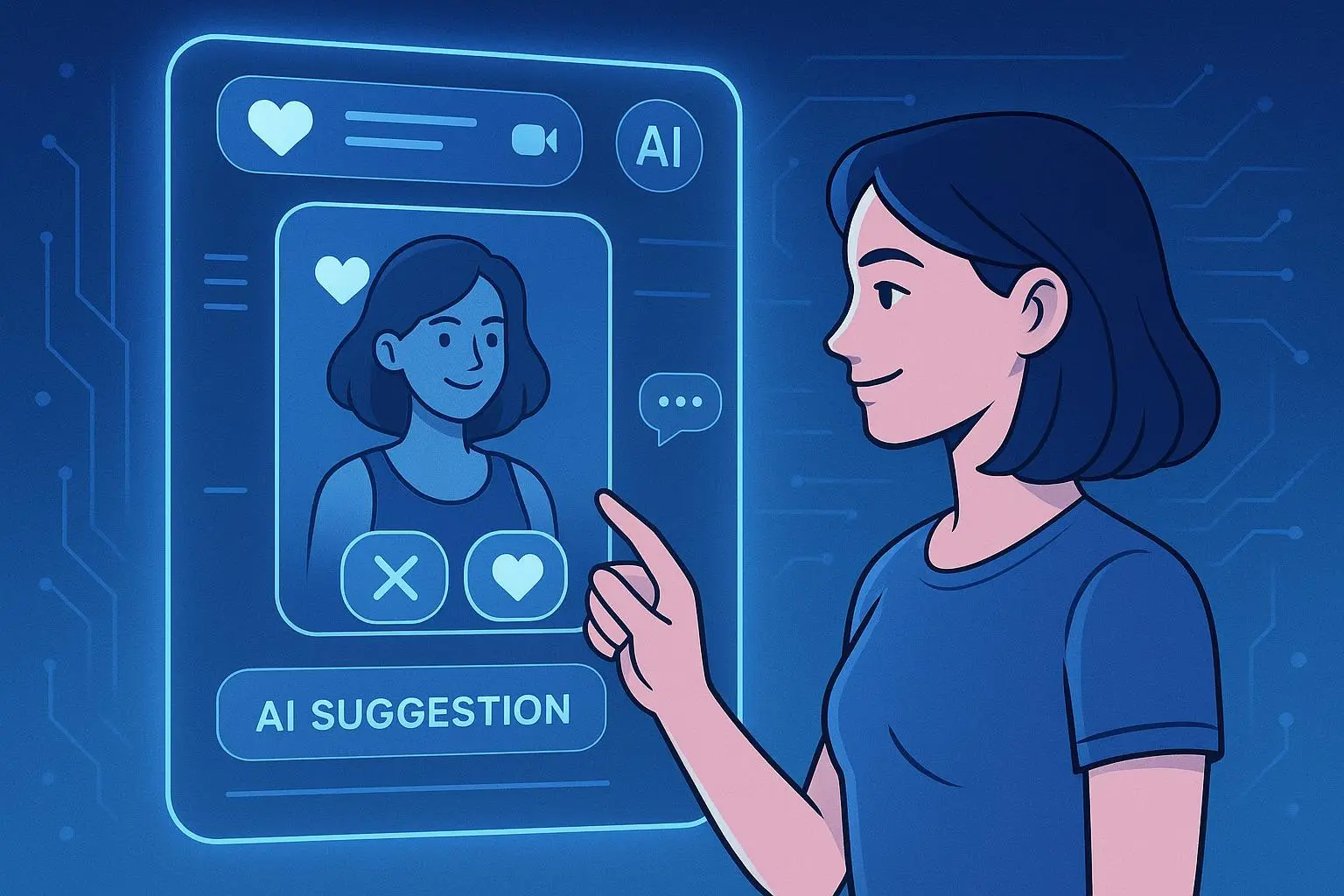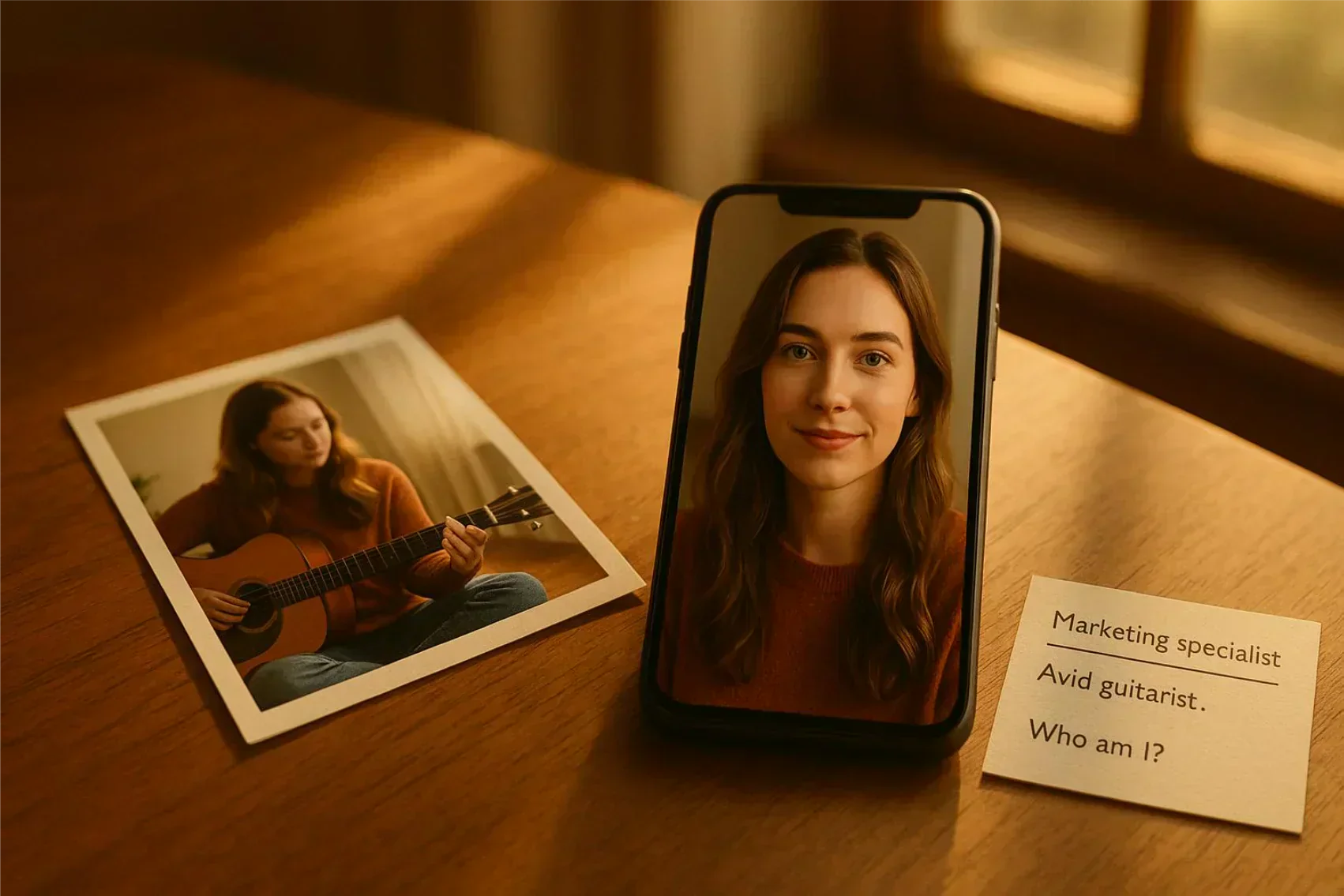
Spotting Green Flags in Early Dating: A Practical Guide
Published on 7/18/2025 • 6 min read
I used to spend so much of my early dating life scanning for red flags—those sharp signals that things might go south. It’s useful, yes, but one evening I realized I was missing something obvious: I wasn’t noticing the green flags. Those quiet, steady signs that a person could actually be a great partner. They don’t demand attention like drama; they arrive consistently, and once you start spotting them you feel calmer, more confident, and oddly more hopeful about the future.
This piece is a map of those green flags—the signs I wish someone had pointed out to me earlier. I’ll walk you through what they look like in real life, why they matter, and how to trust your gut when you notice them. You’ll also get a short, reproducible mini-playbook you can use after dates, plus a couple of mini case studies showing how spotting green flags changed relationship outcomes.
Why green flags matter more than you think
We’re wired to be suspicious by default; evolution trained us to watch for threats. But relationships need a different muscle: spotting safety, reliability, and warmth. Green flags help you decide when to invest emotionally, when to open up, and when someone’s presence will likely make your life better, not more complicated.
Green flags aren’t about perfection. People mess up. The difference is whether those moments are followed by repair instead of avoidance, whether kindness is habitual rather than performative, and whether your well-being is treated as important, not optional.
Green flags are the quiet economies of a relationship—small deposits that add up into trust.
Consistent and clear communication
In my 20s I chased people who swung between intense attention and radio silence. It made me anxious and second-guessing. Years later, I dated someone who texted reliably for three months—short messages, context when plans changed, and a clear rhythm. After eight weeks of consistent contact I felt safe enough to make plans for the following month; by three months we were calling each other partners. That predictability saved emotional energy and helped us move at a steady pace.
Consistent communication doesn’t mean constant messaging or endless availability. It means words that match actions: they reply within reasonable timeframes, they say when they’re busy, and they don’t vanish without notice. Small things—like a quick “meeting ran long, I’ll text after”—reduce anxiety and build trust.
How to read it without overanalyzing: look for pattern, not perfection. Missed messages happen—what matters is whether they follow up and whether their general rhythm feels reliable over several weeks.
Tip: pattern over perfection. One off isn’t a red flag; a consistent pattern is.
Respect for your boundaries
Respect for boundaries is a loud, clear green flag. It shows up when someone listens when you say “not tonight,” when you need a raincheck, or when you say a topic is sensitive. Early in my 30s I dated someone who joked about checking my phone. When I said it made me uncomfortable, he stopped immediately and apologized. He didn’t rationalize the behavior or blame me. He changed his behavior. That choice revealed his respect more than any grand gesture could.
Boundaries include time, emotional availability, and social expectations. If someone accepts your “I need time with my friends” without passive-aggressive comments, that’s a green flag.
A partner who honors your boundaries sees you as a whole person, not a puzzle to be solved.
Genuine interest and curiosity
One of the most uplifting green flags is curiosity. They ask thoughtful questions and remember your answers. I once mentioned a book in passing; a week later they texted a favorite quote and their takeaway. That detail showed they were paying attention—and it made me feel seen.
What to listen for: follow-up questions, references to things you mentioned before, or actions that show they’re paying attention—like bringing your favorite coffee when they come over. It’s not about testing them with trivia; it’s about noticing whether your life has space in theirs.
Emotional maturity and self‑awareness
Emotional maturity shows up as the ability to name feelings, apologize without qualifiers, and handle conflict without weaponizing vulnerabilities. I dated someone who could say, “I see how that hurt you,” and then actually changed a behavior. That steadiness prevented small conflicts from spiraling.
Signs to watch for:
- Clear apologies (no “if I hurt you” caveats)
- Ability to discuss past relationships without endless bitterness
- Hobbies and routines that show self-regulation and independence
These are practical indicators you can observe, not personality quizzes to trap someone.
They cheer for you, not compete with you
A partner who celebrates your wins is rare and invaluable. After I told a partner about a promotion, their genuine excitement made me feel supported rather than threatened. Support looks like encouragement, practical help when needed, and a refusal to minimize your successes. If someone routinely downplays your achievements or retells them to make themselves look better, that’s not a green flag.
Consistency between words and actions
A lot of people can say the right things. Fewer follow through. Consistency is a form of integrity: if they commit, they show up. I noticed this with a partner who introduced me to key friends after claiming they were serious. Their actions matched their words, and it made trust and planning easier.
Consistency is the bridge between trust and intimacy.
Mini case studies: real outcomes from spotting green flags
Case study 1 — Short courtship, steady outcome: After six weeks of reliable communication and explicit respect for my boundaries, I agreed to meet family. The relationship moved toward exclusivity at three months. The pattern of green flags made the timeline feel organic, not pressured.
Case study 2 — When green flags weren’t enough: I dated someone who was emotionally present but dismissive of my career. Despite warmth, that value mismatch became clearer over nine months and led to a respectful split. The green flags were meaningful but didn’t override fundamental incompatibility.
How to encourage green flags without pressuring someone
People need time and gentle feedback. If you want to nurture green-flag behaviors, model them. Communicate clearly about your needs. Praise what you appreciate—positive reinforcement works better than criticism.
Say precisely what you value: “I noticed you checked in when I was stressed—thank you, that meant a lot.” That kind of appreciation tells them what you want more of.
Red flags can coexist—what to do when you see both
Relationships are messy. A person can have excellent communication in some areas and still show inconsiderate behavior in others. If green flags are consistent and outweigh red ones, you might keep investing with caution. If red flags involve control, dishonesty, or repeated boundary violations, those outweigh any green signs.
I once stayed with someone who was affectionate but dismissive of my ambitions. Over time, that dismissiveness revealed a deeper misalignment. The green flags weren’t enough to bridge the gap.
Practical ways to check these flags early on
You don’t need a formal checklist to test character—small, natural moments do the job.
- Observe how they treat service workers or people they don’t know well. Kindness is broad-spectrum.
- Watch how they handle plans changing. Flexibility paired with courtesy reveals respect.
- Share something small and personal and notice whether they respond with curiosity or deflect.
- Ask for a tiny favor—like help carrying something—and see if willingness matches words.
These moments are low-stakes but telling. They reveal patterns without turning dating into an audit.
Quick reproducible mini-playbook (use after a date)
- Three quick journaling prompts (2–5 minutes):
- What did they say that made me feel seen? (one line)
- Was there a moment I felt dismissed or confused? (one line)
- Did their actions match their words? Yes/No + one example
- Two signal-check moments to observe next week:
- Response rhythm: did they check in within the timeframe they suggested?
- Boundary respect: did they honor any stated limits (time, topics, privacy)?
- A simple decision rule: if you see at least two green-flag patterns consistently for three weeks, consider leaning in. If you encounter repeated boundary violations or manipulation, step back.
Communicating your needs without sounding needy
Clear requests create intimacy because they invite the other person to show up. Use factual language: “I’d love a quick message before you go to sleep if you’re thinking of me,” or “I need Friday nights for friends.” If someone respects your request, that’s a green flag in action.
Tools and perspective aids (disclosure: no affiliation)
If you want an objective scan of message patterns, there are tools that analyze responsiveness and conversational tone. I’ve used journaling timestamps and noting follow-ups to step outside emotional run-on thoughts and see who was actually investing. I have no affiliation with any product—use what feels right and maintain privacy and consent.
Micro-moment
I glanced at my dating-app landscape on a quiet Sunday and paused. A simple text response popped up: “I’ll plan something fun this weekend.” It wasn’t grand, but it felt like a promise kept. I breathed out, and the plan finally felt doable, not overwhelming.
Final thoughts: celebrate the green
Dating can be exhausting because we’re wired to scan for threats. But cultivating the habit of noticing green flags changes the tone completely. It invites gratitude, helps you make wiser choices, and allows you to build relationships that feel safe and forward-moving.
I keep a quiet list in my head: respectful, curious, consistent, emotionally grounded, and supportive. When someone brings those qualities consistently, I lean in—and I don’t wait for perfection. I wait for pattern.
Be gentle with yourself as you learn to spot these signs. Celebrate the people who bring calm and joy into your life. They’re rarer than they feel in the moment, and once you recognize them, you’ll know it: your chest will relax, your mornings will feel lighter, and your plans will become collaborative instead of precarious.
Trust what feels safe. Invest where behavior matches words. And remember: green flags are reason enough to keep going.
Ready to Optimize Your Dating Profile?
Get the complete step-by-step guide with proven strategies, photo selection tips, and real examples that work.


